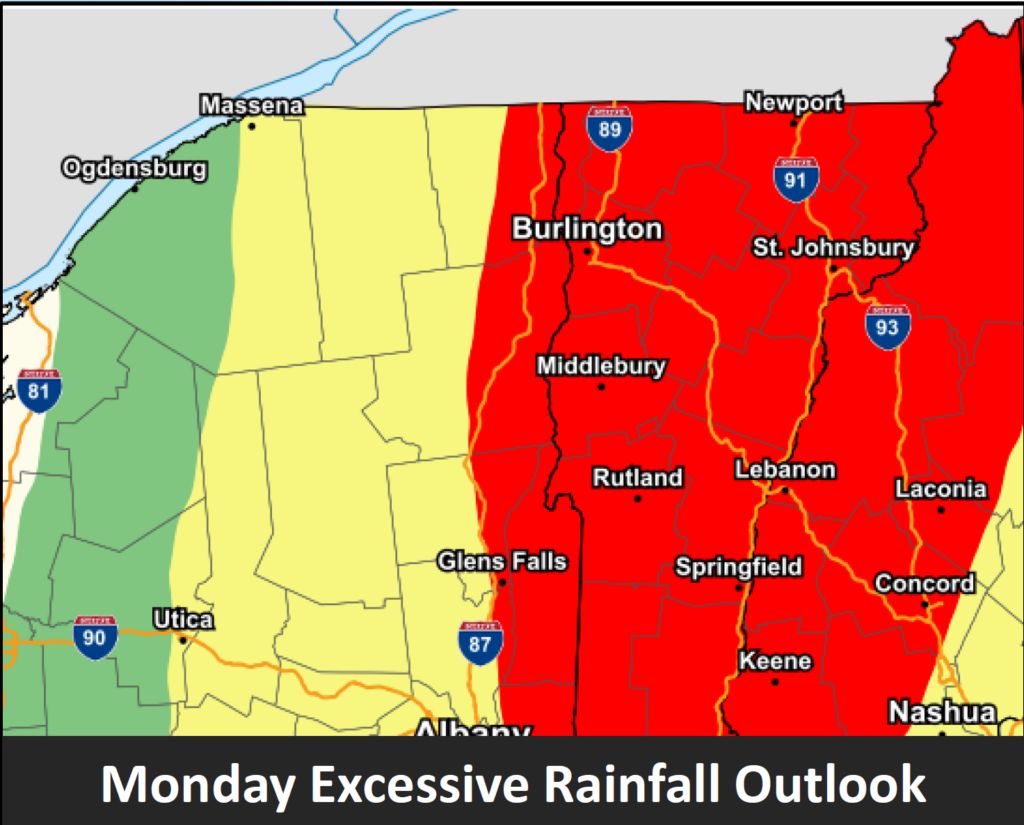Changing What is in the Way
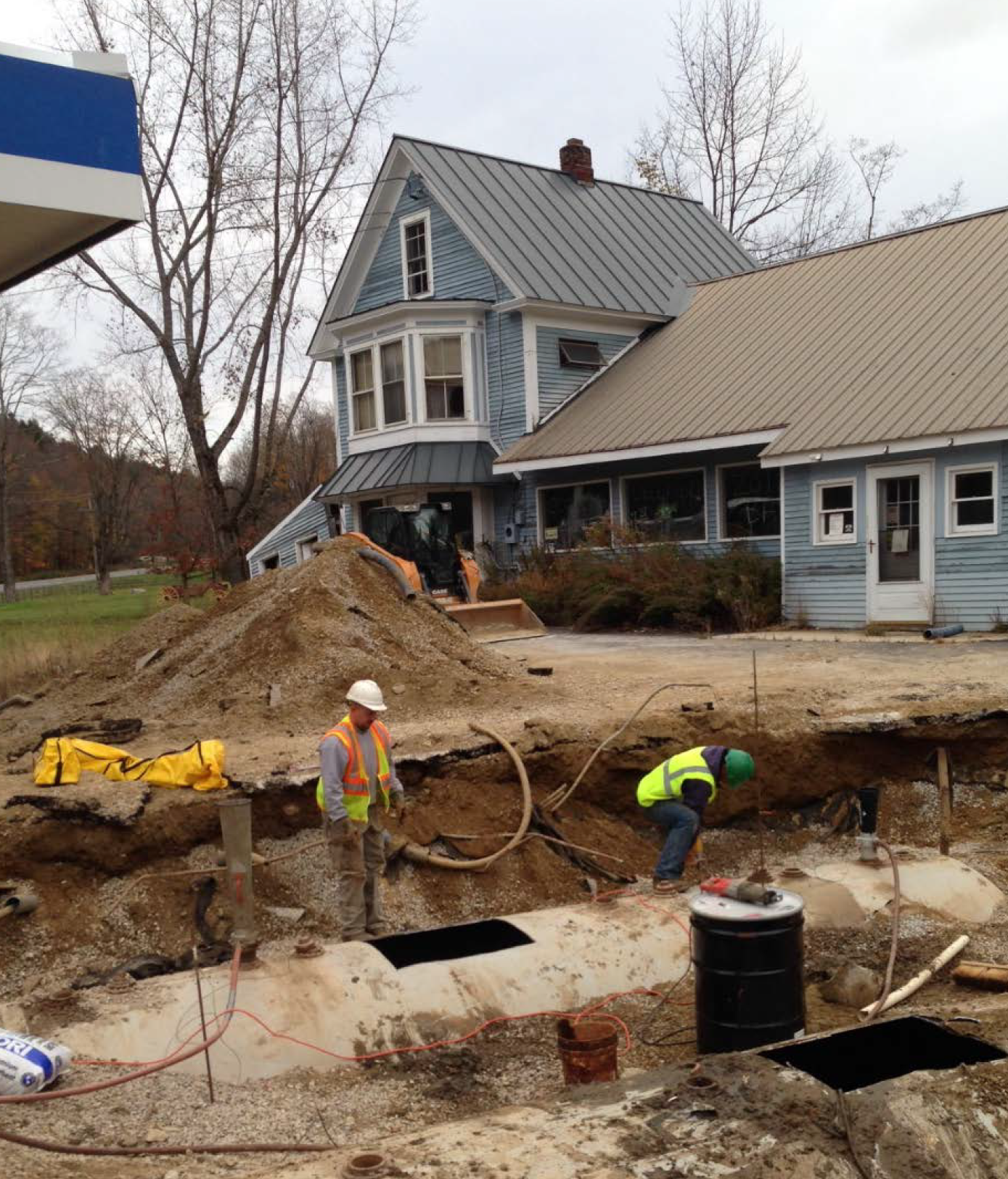
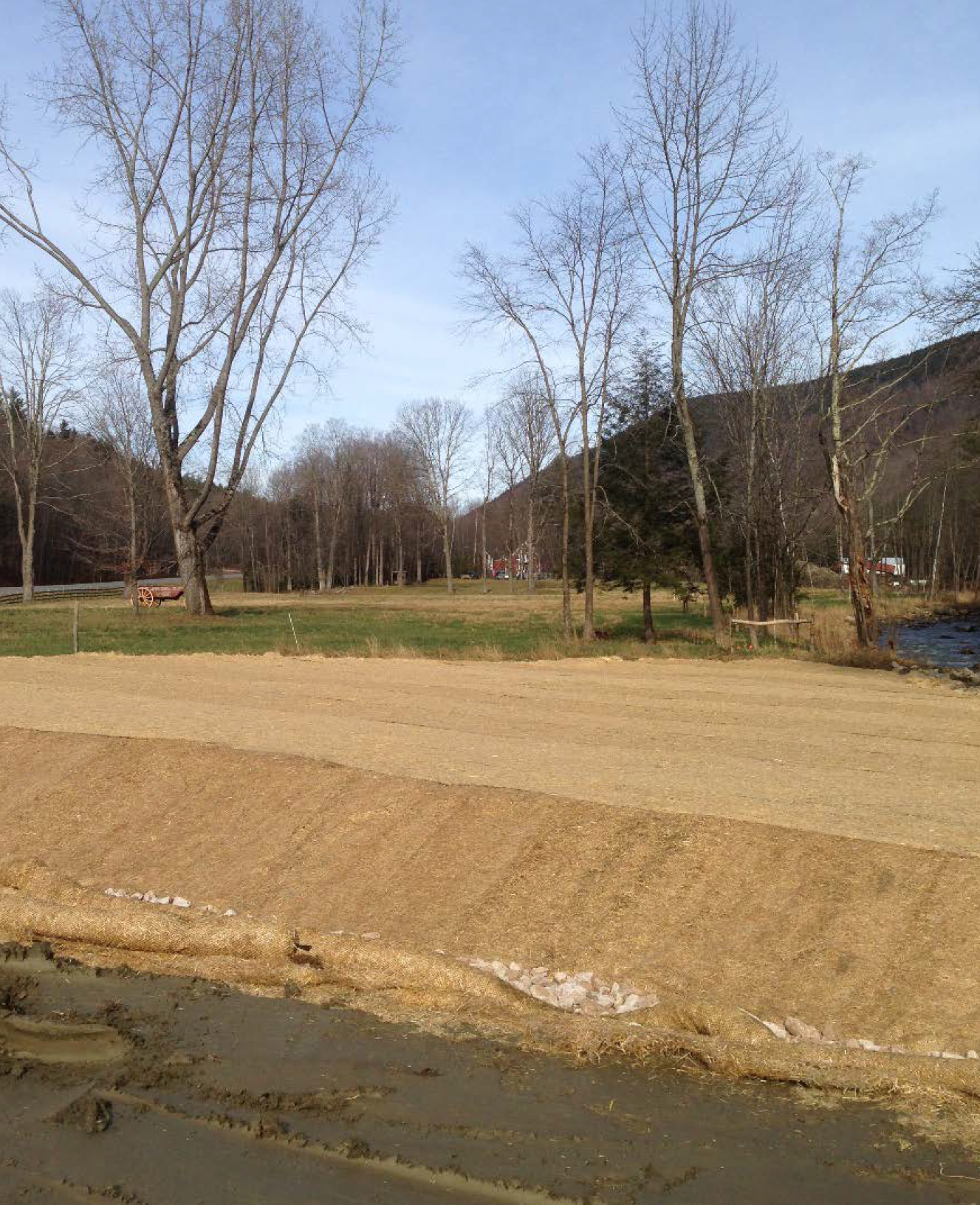
#1 Changing What is in the Way
People and Stuff
Floods only bother people when we are in the way. One of the technically easiest but politically hardest ways to reduce flood damage is get out of the way permanently – by removing buildings and other structures and giving the river back a small portion of the land it once roamed over. Next up are structural ways to slightly move out of the way by rebuilding buildings better, elevating buildings, moving roads or widening bridges. We can also get out of the way temporarily by evacuating and moving belongings to higher ground.
Left: Before and after pictures of a gas station in Bridgewater damaged in Tropical Storm Irene. The building was demolished, site was cleaned, and over 1,000 yards of fill were removed prior to returning it to floodplain. Source: TRORC staff member.
#2 Changing What is in the Way
Taking a Bath
Sometimes a building is just to large or expensive to move and it just needs to be able to get wet. Vermont’s river floods typically recede in a day or two. Buildings that have been made watertight with permanent or temporary barriers can stay dry (dry floodproofing). Other buildings may take on water but keep pumping it out or be made of stone or other materials that do not get very damaged when wet (wet floodproofing).

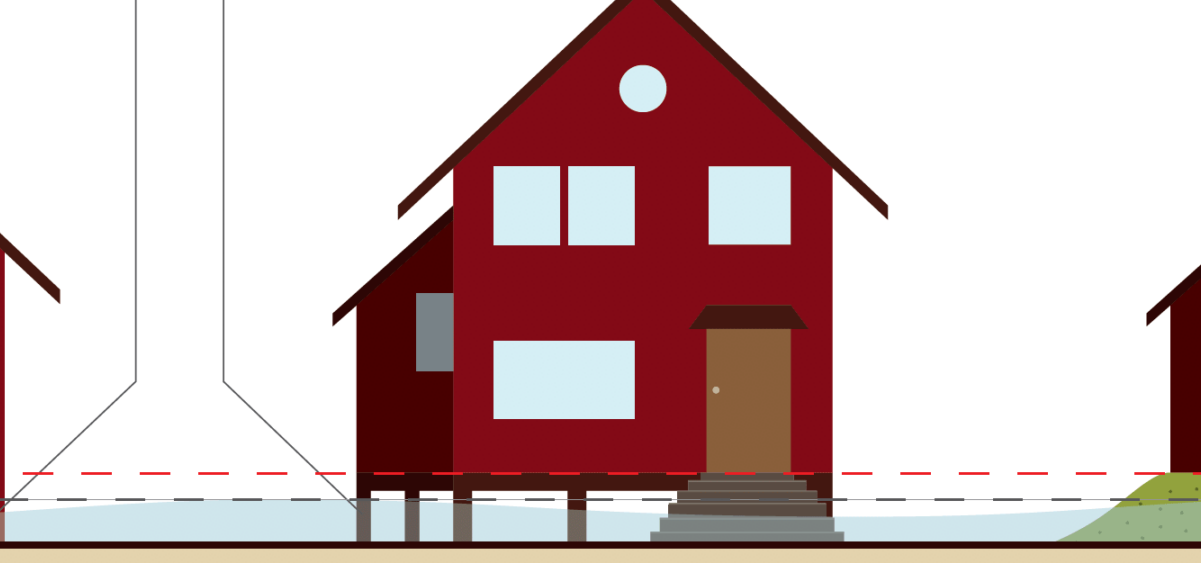
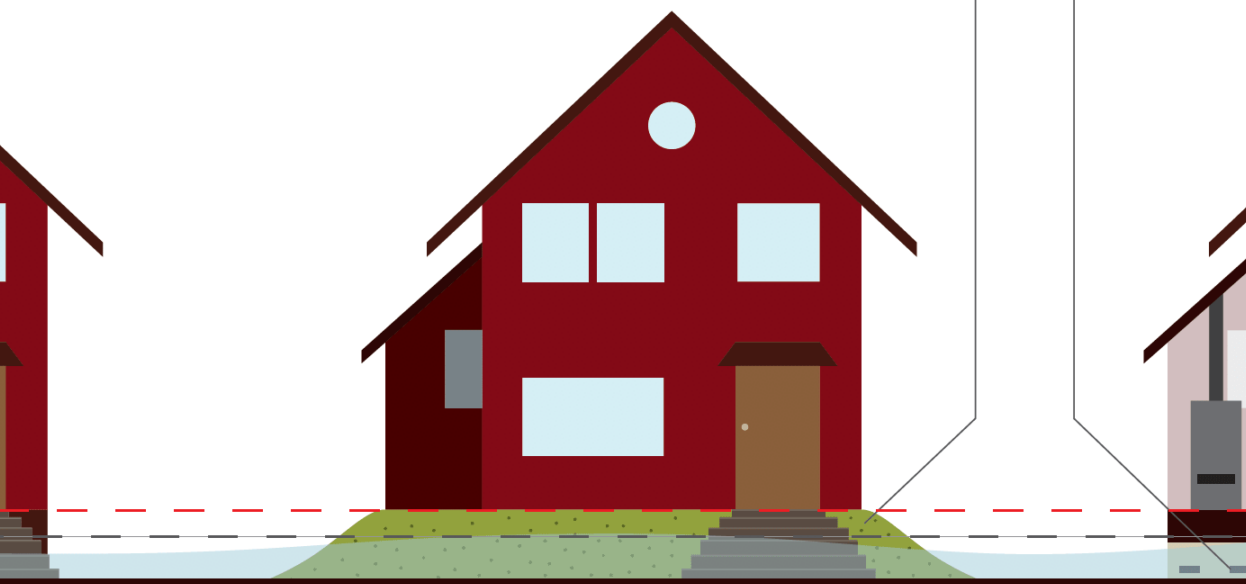
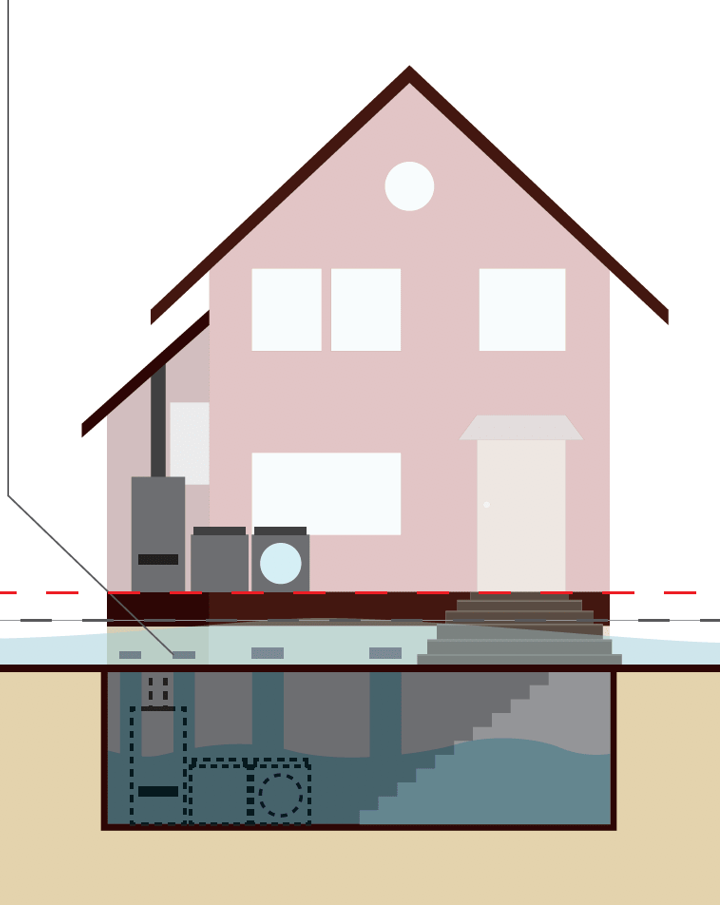
Different types of floodproofing a house. Source: Floodproofing in BC | FloodWise
#3 Changing What is in the Way
Evacuation and Warnings
Like an elephant running through town, sometimes it is best to just get out of the way. Floods almost always have at least a few hours, and often have days of warnings leading up to them. Good weather forecasting, stream and rain gages, a robust warning system, and plans for flooding can save lives and property. Every person and municipality should have a flood plan.
